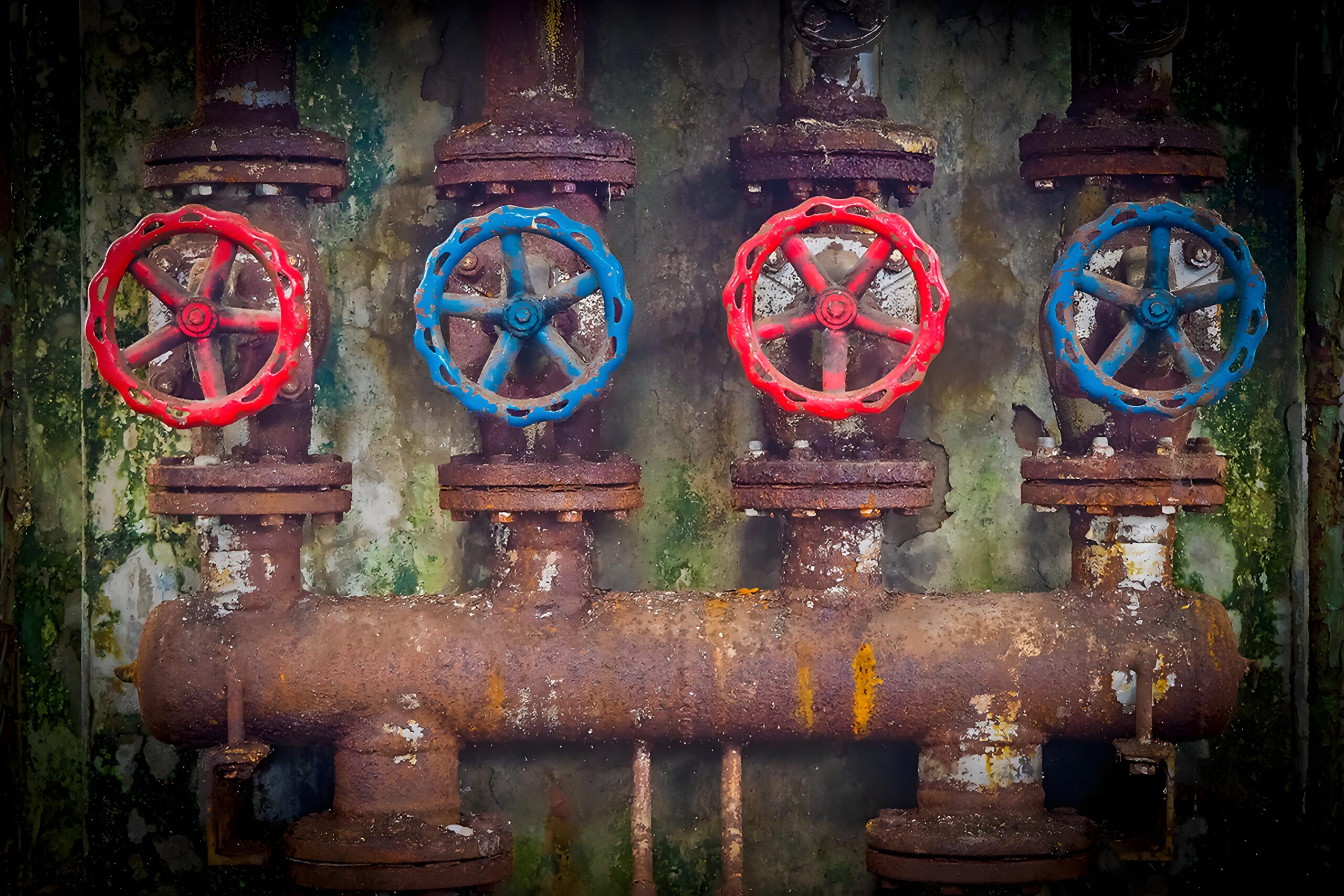Valves: Key Components for Industrial Fluid Control
Valves, as a core accessory in chemical pipelines, are a general mechanical product widely used in industrial production. Their main functions include opening and closing fluid passages, regulating flow, and ensuring system safety. By accurately controlling the flow rate, system pressure and direction of fluid flow, valves play a vital role in ensuring the realization of process conditions and safe production.
Common types of valves, features and uses
Gate Valves: Gate valves open or close the pipeline by lifting and lowering the gate. Fully open when the fluid resistance is small, fully closed when the seal is good, suitable for large diameter pipeline. However, it is not suitable for fluid containing solid particles or easy to deposit, so as not to damage the sealing surface.
Globe valve: globe valve valve flap driven by the valve stem, along the valve seat axis lift. Fluid from the bottom up through the valve seat, although the fluid resistance is larger, but the tightness and regulation performance is better. Commonly used in steam, water, air and vacuum pipelines, but not for viscosity and contain precipitation particles of the media.
Ball valve: ball valve spool is spherical, there is a hole in the center, can be rotated around the axis perpendicular to the access. Simple structure, open and close quickly, easy to operate, low fluid resistance, but high temperature opening and closing may be difficult, easy to wear. Suitable for low temperature and high pressure and viscosity of the medium.
Butterfly valve: butterfly valve opening and closing parts for the butterfly plate, rotating around a fixed axis. Compact structure, easy to operate, small installation space. In recent years, the sealing and safety of butterfly valves have been significantly improved, and are widely used in water supply, oil and gas pipelines.
Plug Valve: The main part of plug valve is a rotatable conical plug, which can be fully opened or fully closed by rotating 90°. Simple structure, small fluid resistance, but easy to jam when the temperature changes, not for high pressure. Can be used to transport media containing suspended particles.
Check valve: check valve according to the pressure difference between the valve before and after the automatic opening and closing, to ensure one-way flow of media. Divided into lifting and rotary type, installation should pay attention to the direction of the media flow. Commonly used in the pump inlet pipeline and steam pipeline feed line.
Safety valve: safety valve is a pipeline equipment, safety protection devices, can be automatically opened and closed according to the working pressure, the pressure control in the safety range. Mainly used in steam boilers and high-pressure equipment.
Pressure Reducing Valves: Pressure reducing valves are used to reduce the pressure of piping equipment and maintain a stable outlet pressure. Commonly used in high-pressure equipment, such as the outlet of high-pressure cylinders.
Traps: Traps automatically remove condensate intermittently and prevent steam from being discharged. Used for steam piping.
Valve Model and Identification
In order to facilitate selection and identification, valves have achieved standardized numbering. The model number of a valve usually consists of seven parts, including information such as valve type, transmission type, connection form, sealing surface material, and valve body material. For example, the model number Z941T-1.0K valve indicates gate valve, electric, flange connection, open stem wedge type single gate, copper alloy sealing surface, nominal pressure of 1.0MPa, the valve body is malleable cast iron.
Valve body will usually cast or print out the name of the valve, model, pressure, diameter, medium flow direction and other information, and painted to indicate that the valve body and sealing surface material paint, in order to identify the category of the valve, structural type and application.
Valve selection principles
Selection of valves, need to consider the nature of the medium, operating pressure, operating temperature, pipe diameter and process requirements and other factors. According to process requirements, safe and reliable, economically rational, easy to operate and maintain the principle of selection. For example, two-way flow of piping should be selected without directional valves, such as gate valves, ball valves; one-way flow of piping should be selected check valves; need to regulate the flow of occasions to choose the globe valve; pressure vessels and pipelines should be set up safety valves; steam heating equipment and piping should be set up on the trap and so on.
Use and Maintenance of Valves
To ensure safe production, valves must be properly used and reasonably maintained. Keep the valves clean and lubricated, check for leaks and deal with them in a timely manner. Close the effort should be special wrench, avoid excessive force. Outdoor valves need to have a protective cover for the transmission device to prevent the intrusion of rain and snow. For the valve closed for a long time, should pay attention to remove the accumulation of liquid. Steam valves should be preheated and discharged condensate before opening to avoid gas and water impact. For pressure reducing valves, regulating valves and other automatic valves, should be flushed before opening the pipeline, pay attention to observe the performance changes. Motorized valves should be kept clean to prevent water, steam, oil contamination. Safety valves need to be regularly calibrated sensitivity, to maintain no dirt and leakage.
Through the correct selection, installation and maintenance of valves, can ensure the safety of industrial fluid systems, stable and efficient operation.



